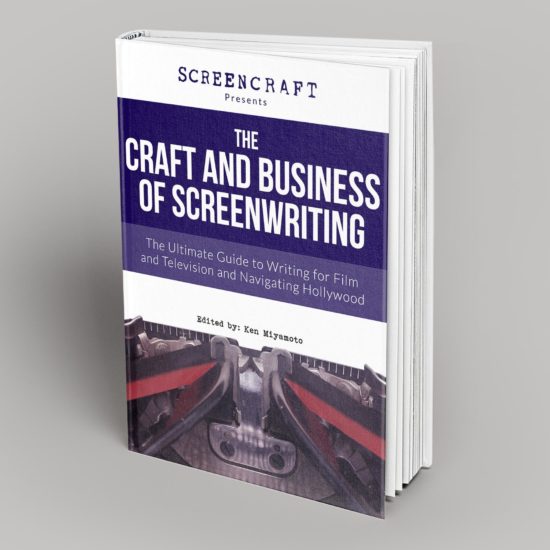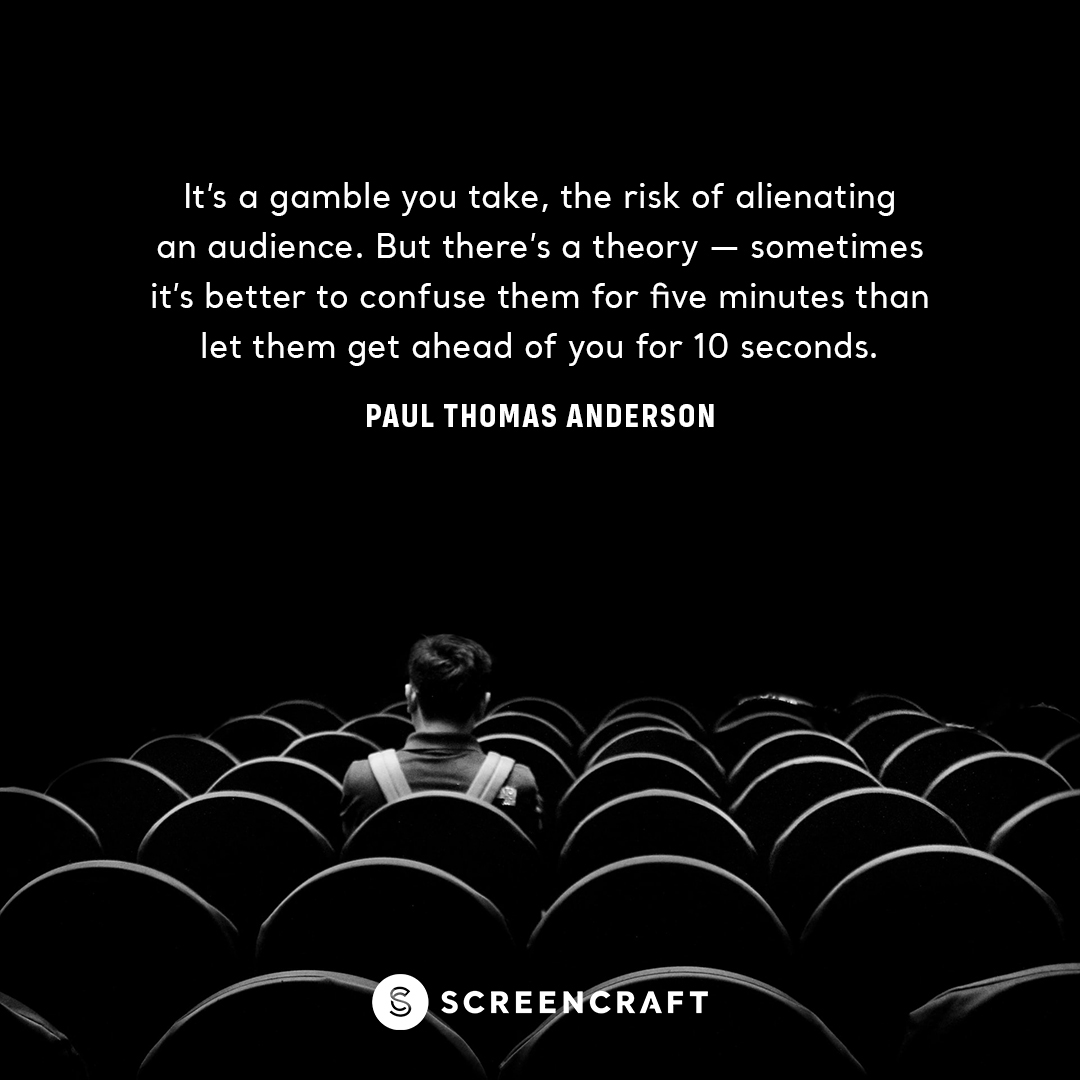How to Adapt a Screenplay into a Stage Play: About the Audience

In the final part of ScreenCraft’s series on adapting your screenplay into a stage play, I share a note on the relationship and expectations that the audience has for your story.
Have a stage play that needs to be produced? Enter the ScreenCraft Stage Play Contest here.
Note #4: About the Audience
We lost Neil Simon recently, a playwright who also found particular success on the screen, both with adaptations of his own plays and with original screenplays—he holds the record for the most Oscar + Tony nominations of any writer ever. The Odd Couple went from Broadway, to the silver screen, to the small screen, and has returned to all of those places multiple times.
Part of what made Simon so successful across mediums was his ability to write audience-first entertainment that was also poignant family drama. He was able to navigate differences between stage and screen—in MDQ, in conflict, in action, and finally in the role of the audience in the story.
In a movie, the presentation is designed to eliminate the audience’s external inputs—a dark room, a bright screen with rapidly moving images, and a narrative (typically founded in realism) that is identical no matter when or where you see it. The movie experience is hypnotic and immersive, creating a personal escape from reality.
In theatre, the experience doesn’t try as hard to hide the viewer’s reality. There’s a consistent awareness of space—of an audience watching events unfold on stage, live, creating a back and forth between the storytellers and the audience that is unique with each telling.
These divergent experiences lead to very different businesses with distinctive considerations for the writer looking to have their story produced.
Read 5 Lessons from Playwriting and Screenwriting Legend Neil Simon.
Hollywood demands that you craft your screenplay based on previous learnings about how best to serve the audience their expected experience. Like a traditional business, the audience is a customer that must be satisfied.
The more the screenwriter experiments with form, the greater the risk that the audience’s Rotten Tomatoes popcorn rating will be low, and the less likely the writer is to have their script purchased and produced.
Especially in our current age of fan-driven cinema, the audience is always right.
At a play, the audience’s expectations are far more varied and realism is not the modus operandi. Add to that that theatre production companies are often non-profit entities whose mission is more attuned to the advancement of their regional community’s culture then it is to global dollars.
So when a writer seeks to adapt a screenplay into a stage play, they must let go of a focus on audience satisfaction, and instead focus on the integrity of the play’s debate. This requires a writer with a fresh insight into modern society, an ear for current cultural conversation, and an awareness of where their play fits into the history of the form.
In Neil Simon’s Laughter On The 23rd Floor, he alludes to a joke from Joe Orton, which Orton had borrowed from Oscar Wilde. In doing so, Simon connected his play to a legacy and a conversation started decades prior. He was aware of where his work fit in, and that knowledge was a factor in his success.
Take some time to dig into the plays that have come before and that deal with similar themes. Know the writers on whose shoulders you stand. Then identify how your voice and your story can advance that theme and conversation for your audience.
If you missed any of the previous three parts in this series, be sure to check them out here: How to Adapt a Screenplay into a Stage Play: The Major Dramatic Question, How to Adapt a Screenplay into a Stage Play: Rising Tension, and How to Adapt a Screenplay into a Stage Play: Characters in Conflict
Thanks for reading and don’t forget to submit your play to the ScreenCraft Stage Play Contest!
For all the latest ScreenCraft news and updates, follow us on Twitter, Facebook, and Instagram.
Get Our Screenwriting Newsletter!
Get weekly writing inspiration delivered to your inbox - including industry news, popular articles, and more!





























